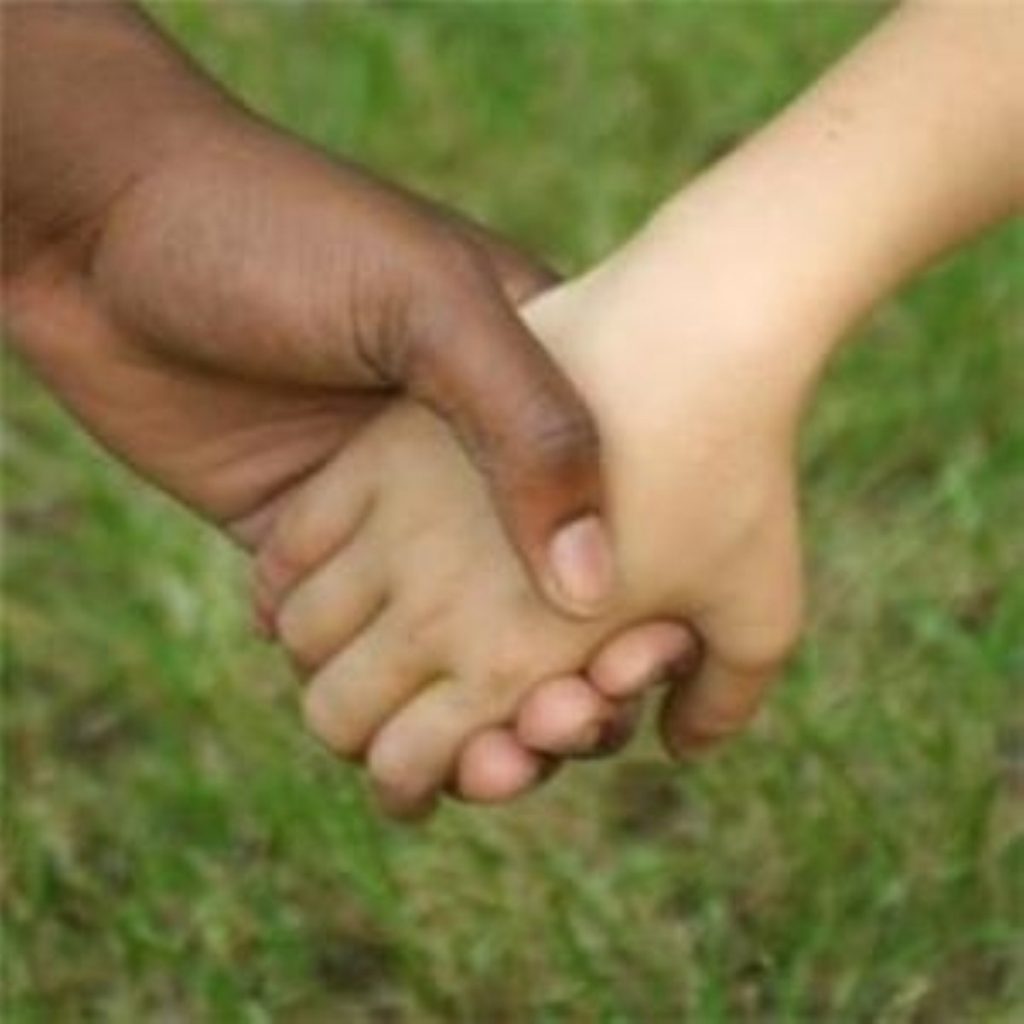Politicians ‘causing racial disharmony’
By Blaine Williams
Ill-informed myths are threatening race-relations in Britain, according to a new book by two of the most prominent experts in the field.
The book, Sleepwalking to segregation? Challenging Myths about Race and Migration, to be published on Thursday by Policy Press, seeks to counter inaccuracies about race in British public discourse.
Professor Ludi Simpson and Dr Nissa Finney from The University of Manchester show how repeated falsehoods about immigration, integration and segregation are misguiding policy and promoting racial disharmony.


The pair found no evidence that racial ghettos are forming in the UK. They claim the opposite is true, with an increase in different racial groups intermingling.
Dr Finney said: “The only concentrations which resemble anything like ghettos are of white people. The average white person lives in an area which has more than 94 per cent white people in it.
“British Pakistanis, for example, live in areas which on average have 26 per cent Pakistani residents. In almost every city with a sizeable immigrant settlement area, children of immigrants have on balance moved away from those areas not to them or between them. So it is wrong to argue there is retreat.”
The book rejects the conclusion made by Trevor Phillips, head of equalities watchdog, that Britain is ‘sleepwalking’ into segregation.
The rhetoric used by politicians when talking about race is alarmist and scaremongering, the academics claim.
“By propagating myths using bogus and alarmist interpretations of population change, individuals such as Trevor Phillips, Dr Michael Nazir-Ali, Bishop of Rochester and Sir Andrew Green, chair of Migration Watch are inadvertently promoting racial segregation,” said Professor Simpson.
The book also looks into friendship groups among young people.
The chair of the commission for racial equality claimed in 2005 that “alarmingly, we showed that young people from ethnic minorities were twice as likely to have a circle of pals exclusively from their own community as were older ethnic minority folk.”
The book finds that for most minority young people, roughly half or more than half of their friends are white.
There is also evidence against the populist view that areas with a large Islamic population are becoming ‘breeding grounds” for terrorism.









